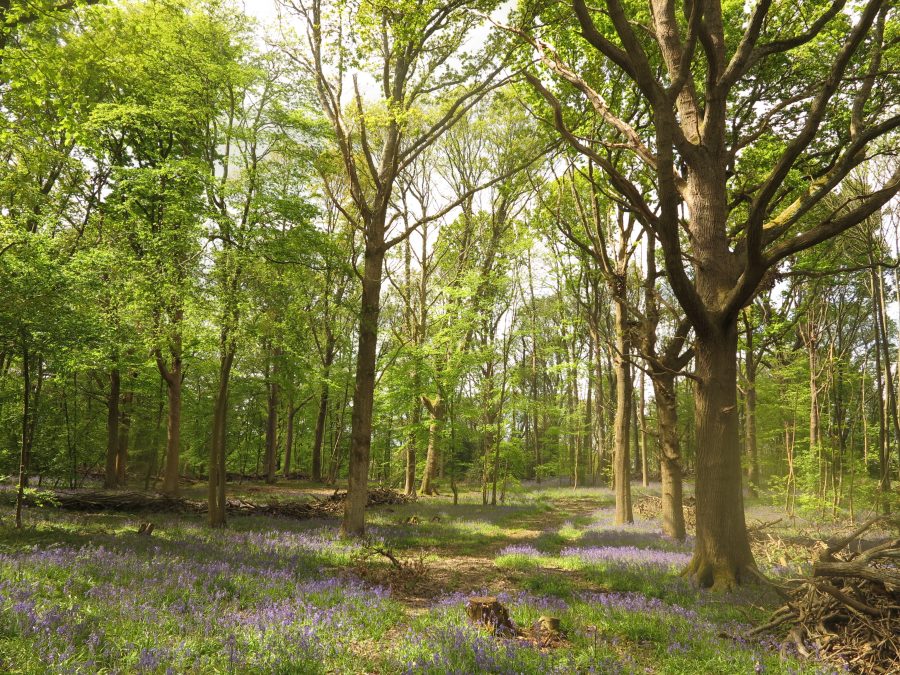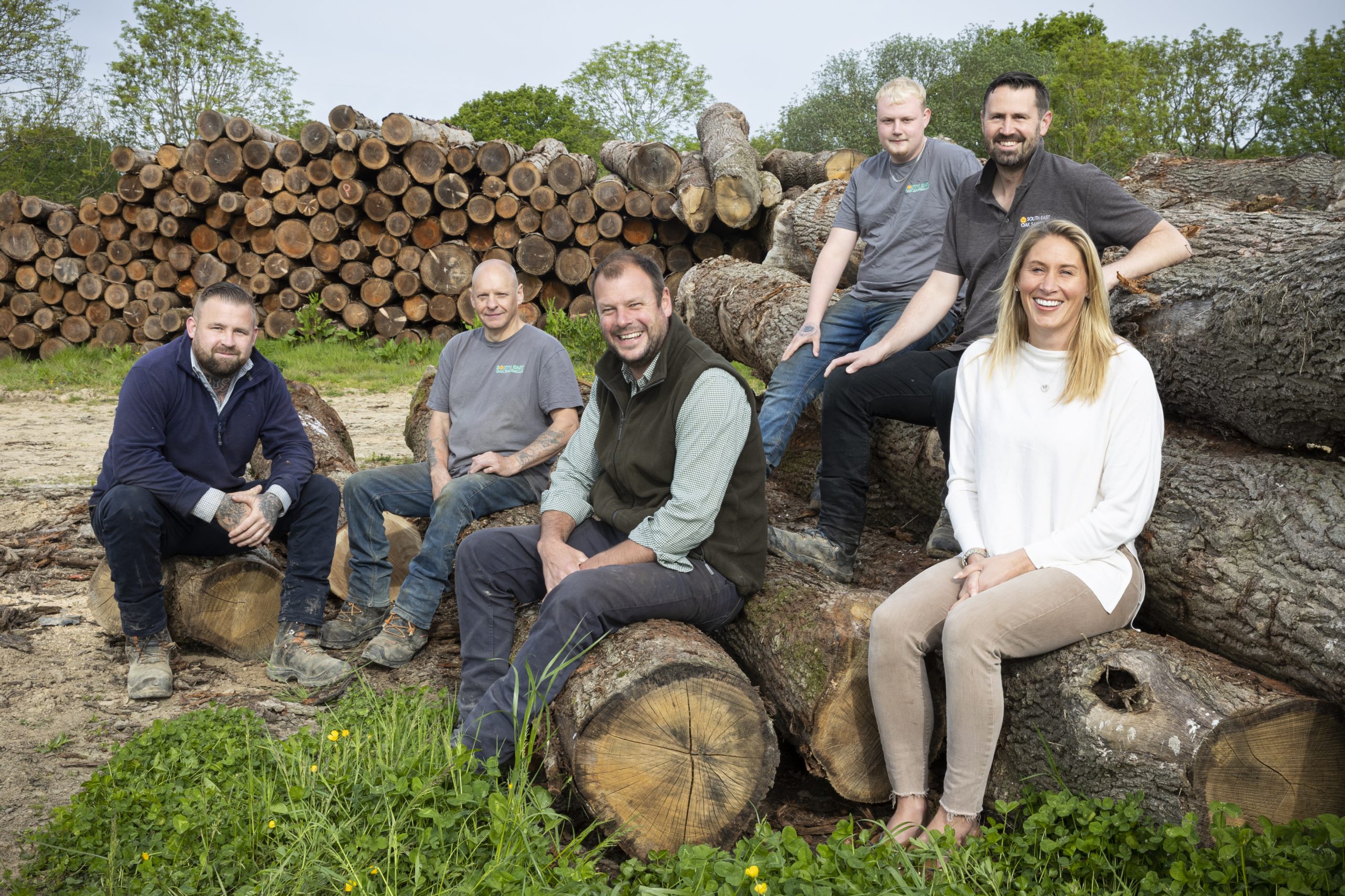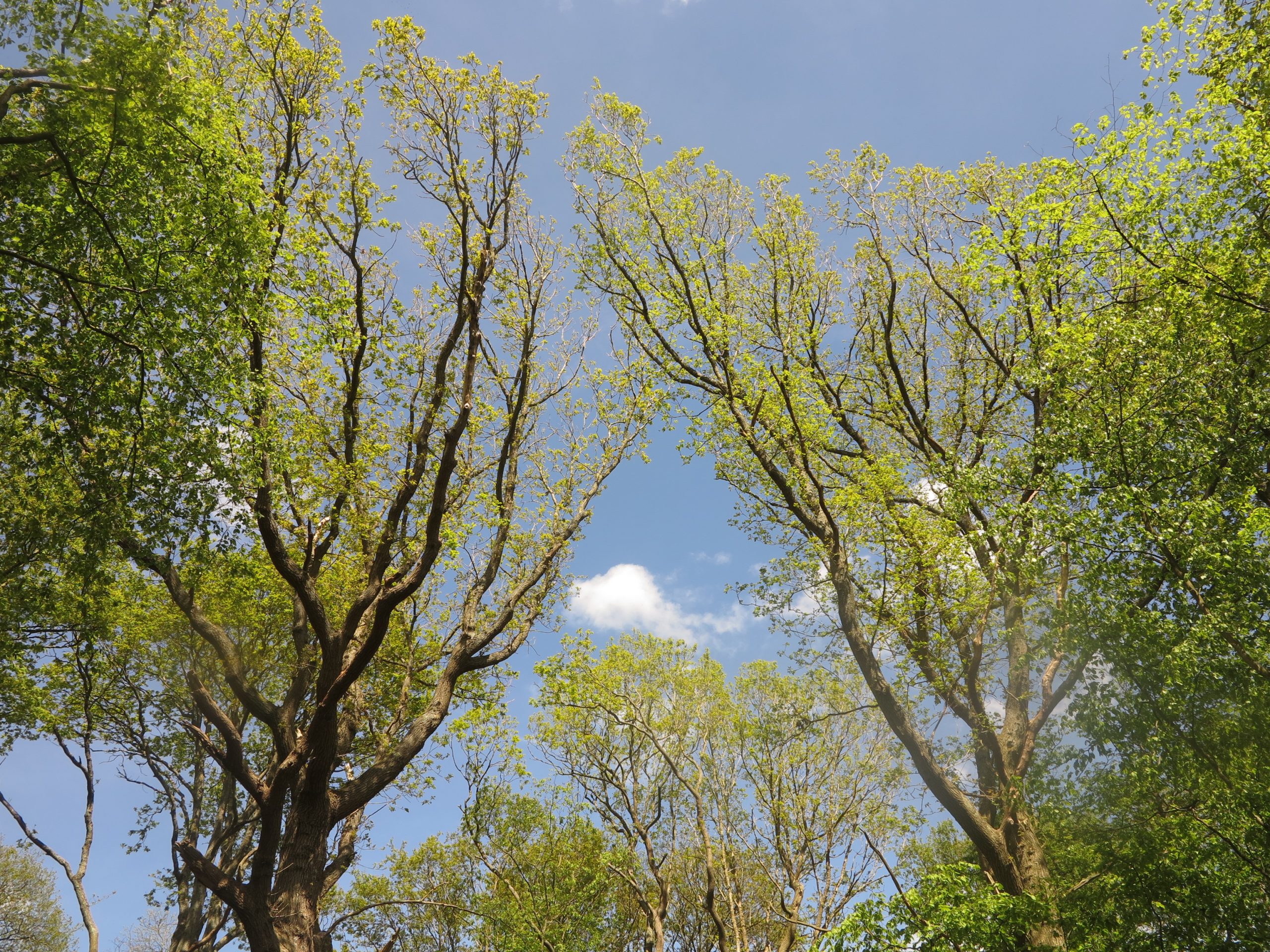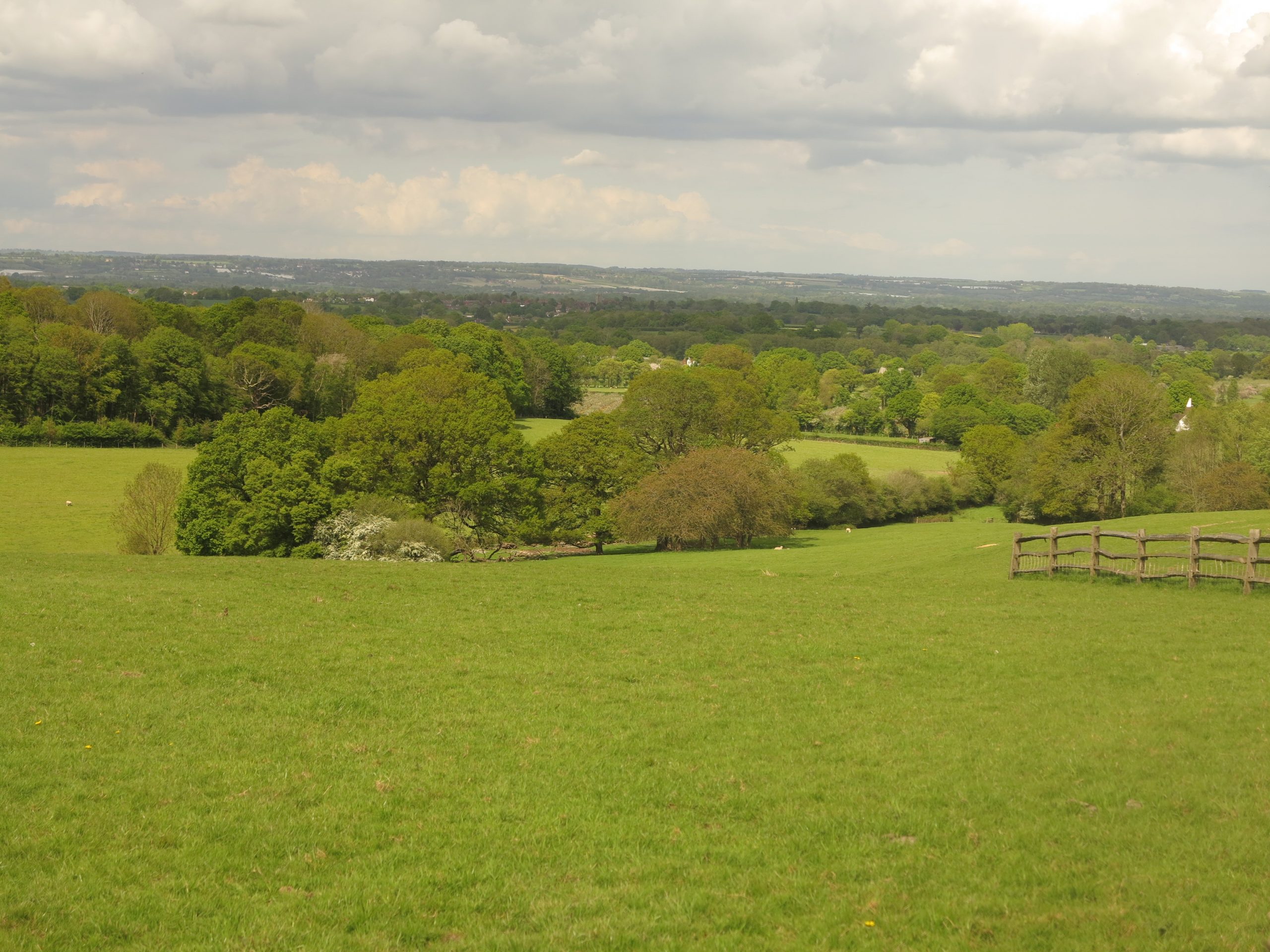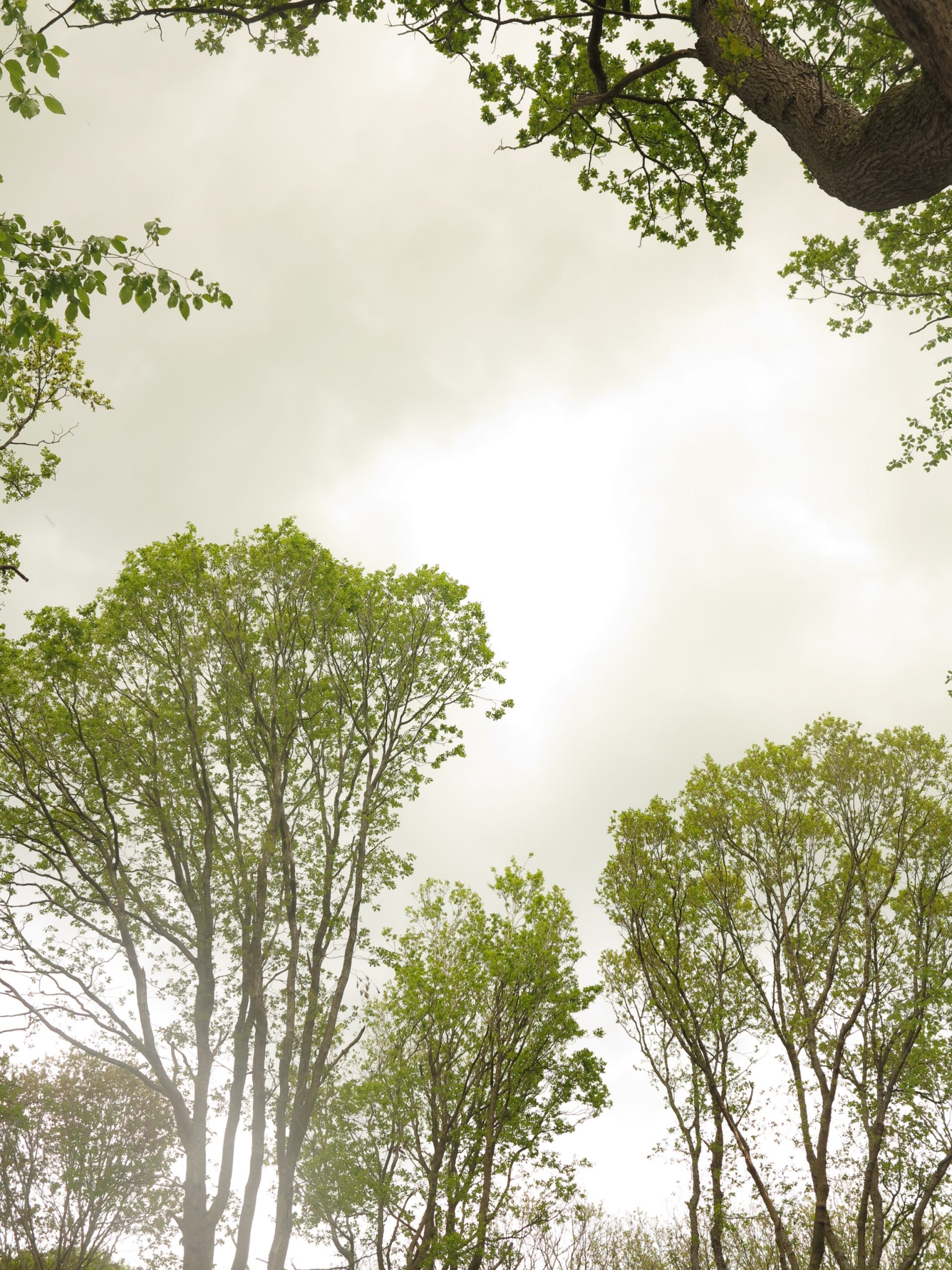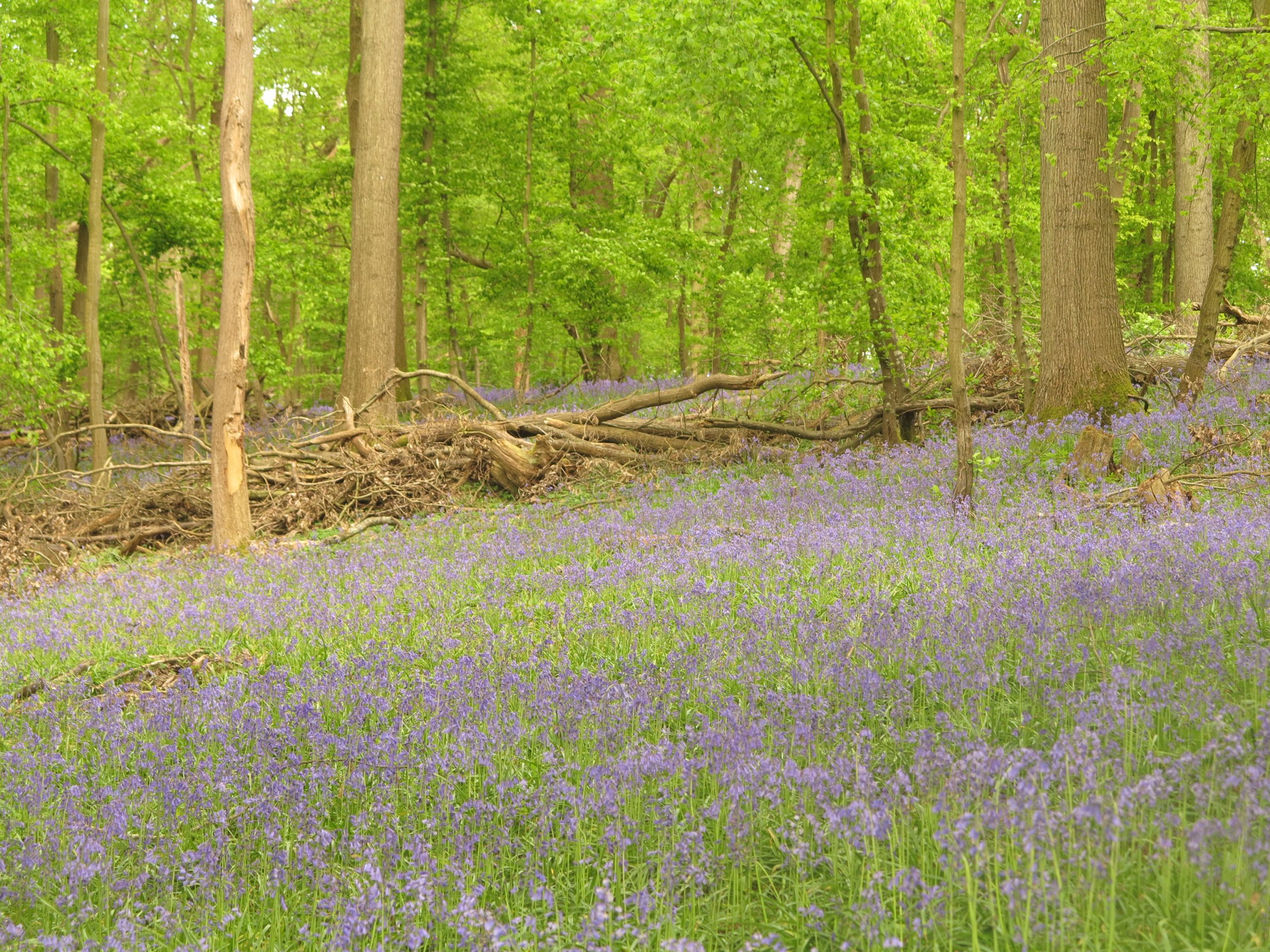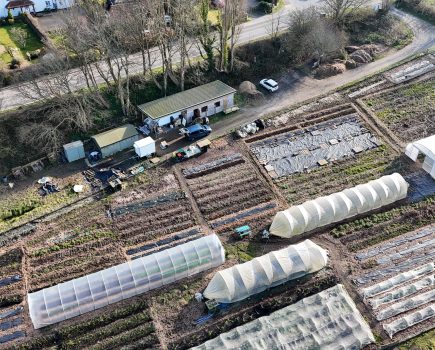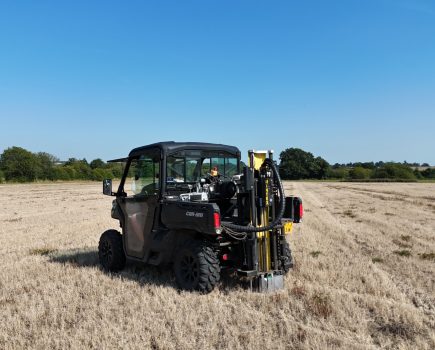A site appraisal in a small area of woodland on a farm outside Staplehurst revealed a considerable amount of standing oak timber amongst the hornbeam coppice, a discovery which came as a welcome surprise to both South East Forestry’s Jon Davies and the landowner.
Jon, who owns South East Forestry with business partner Dave Holmes, had been expecting to find relatively low value hornbeam coppice within the eight-acre site.
“As I walked through the wood, I found it actually contained a large amount of overcrowded mature oak trees, which made it much more valuable to us,” he said. “That was particularly good news for the landowner as it meant we could offer the business a much larger sum for the timber than we could had it just been low-grade coppice for firewood or for chipping.”
With an ability to assess the value of woodland honed over many years, Jon is able to pay a premium price for timber, particularly for sought-after species such as oak, ash, Douglas fir and sweet chestnut. Because South East Forestry has its own woodyard and sawmill at Hawkhurst, the company can store valuable timber until it can be put to the best possible use.
It means that landowners with neglected, unmanaged woodland that has not been worked for a number of years can call in South East Forestry to work and improve it, allowing the trees left behind to flourish, and be paid for the timber at the same time.
“Clearly what we pay depends on what the wood contains,” Jon explained, “but in many cases we can thin, coppice or selectively fell areas of timber, depending on what is required, and pay the landowner for the crop. The landowner at Staplehurst was pleasantly surprised when we were able to offer him far more than he was expecting.”
As part of that agreement, South East Forestry extracted the lower value timber and stacked it conveniently at the entrance to the wood, from where it can later be chipped and used in a solid fuel boiler, while the brash was tidied into habitat rows to support and encourage wildlife.
The result is a much more open, healthier area of amenity woodland, with the remaining oak trees now enjoying the light and space they need to flourish. As part of the arrangement, Jon and the team also installed a new gate at one end of the woodland to allow easier access to the site and to the neatly stacked future woodchip supply.
“Woodland needs to be thinned to keep it healthy, but it needs to be looked at carefully,” said Jon. “Too much competition for light leaves trees stunted, prevents the better trees from achieving their potential and means that other plant and animal life is crowded out by volunteer saplings and invasive species.
“South East Forestry has the experience and knowledge to leave the right trees standing while taking out the timber that is getting towards the end of its life but which has enough value to fund the work.
“It’s also important to remember, from an environmental perspective, that while trees capture carbon from the atmosphere, younger, more vigorous trees do that far more effectively than more mature ones.”
Where possible, South East Forestry uses better quality wood for furniture or building projects, keeping the carbon locked up for as long as possible. “We do our utmost to avoid sending timber for firewood or woodchip, not least because it is the least profitable option both for us and for the customer,” said Jon.
When the owner of woodland that needs improving approaches South East Forestry, Jon will walk the land, using his knowledge to spot potential uses for the timber it contains before producing a site appraisal and agreeing a price.
“With oak woodlands, that can be a useful sum,” Jon said, adding: “We then deal with the Forestry Commission, having built up a good professional relationship with the agency over the years, and organise any necessary felling licences.
“We are at the moment particularly keen to purchase oak, but we are always happy to talk to landowners about how best to maximise the value of their timber and regenerate their woodland, so please get in touch.”

